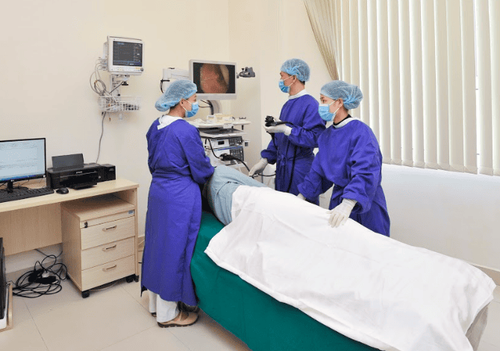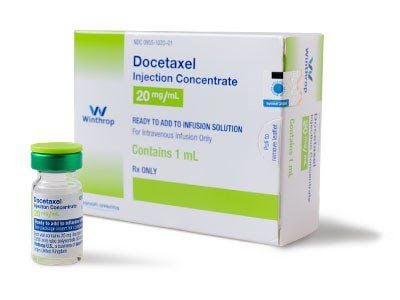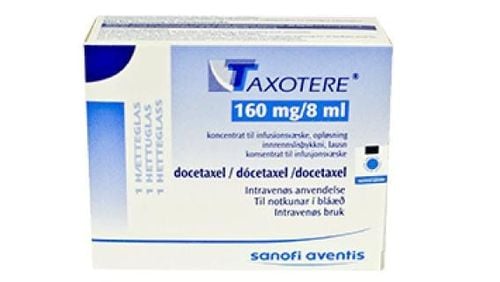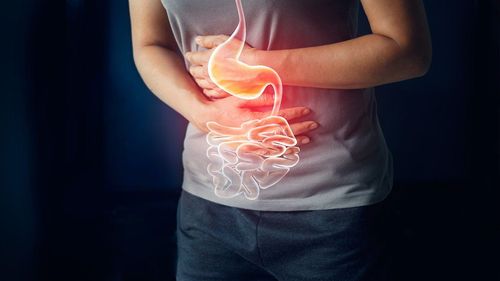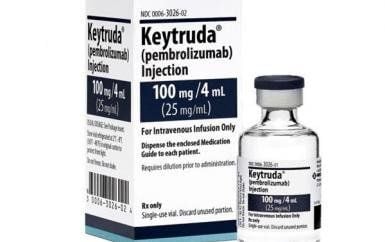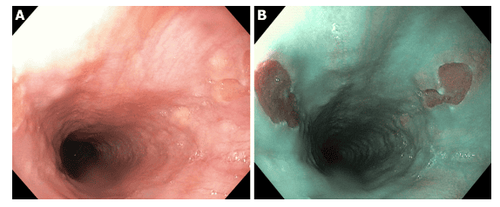This is an automatically translated article.
Post by Master, Doctor Mai Vien Phuong - Department of Examination & Internal Medicine - Vinmec Central Park International General Hospital
Kyoto - a new classification system for endoscopic gastritis. The Kyoto Classification has shown endoscopic findings associated with H. pylori infection. The Kyoto classification score is the sum of five endoscopic findings (atrophy, intestinal metaplasia, hypertrophic folds, nodules, and diffuse redness with or without regular arrangement of the RAC collection venules) and ranges from 0 to 8.
1. Diagnosis of Helicobacter pylori infection by endoscopic signs
Several studies on the relationship between endoscopic findings and H. pylori infection. Hypertrophic folds have a relatively good positive predictive value (56.2–86.0%). Although nodule has a low sensitivity (6.4%–32.1%) for H. pylori infection, it has excellent specificity for the present infection (95.8%–98.8) %). RAC has a high sensitivity for not being infected with H.pylori (86.7%–100%). Yoshii et al. reported that endoscopic mucosal atrophy had a specificity of 75.5% for the diagnosis of past H. pylori infection. Furthermore, intestinal metaplasia and map red also had a higher specificity (92.6% and 98.0%, respectively) for the diagnosis of past H. pylori infection.
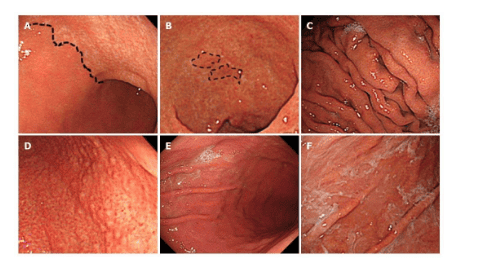
2. Diagnosis of H. pylori infection based on Kyoto classification score
Several studies have investigated the relationship between the total Kyoto classification score and H. pylori infection. The authors reported an association between the total Kyoto classification score and serum H. pylori antibody titres. The Kyoto scores of 0.1, 0.4, 1.9 and 2.3, respectively, for negative-low, negative-high, positive-low, and positive-high titers of H. pylori antibodies . The Kyoto score increased proportionally with the H. pylori antibody titer. In subjects with negative high H. pylori antibody titers, the Kyoto classification has an excellent area under the receiver activity characteristic curve (0.886) for predicting H. pylori infection with cutoff values is 2. Kyoto score ≥ 2 can predict H. pylori infection with 90% accuracy. In 870 subjects with no history of H. pylori eradication therapy, the H. pylori infection rate in those with a Kyoto classification score between 0, 1, and ≥ 2 was 1.5%, 45%, and 82%, respectively.
3. A high Kyoto score does not always correspond to an active H. pylori infection.
Misdiagnosis may result from spontaneous negative conversion or by unintentional exclusion. In the case of spontaneous negative conversion, the harsh environment of intestinal metaplasia clears the H. pylori infection spontaneously. In the case of unintentional eradication, H. pylori infection will be eradicated after treatment of other infectious diseases with antibiotics. Basically, a Kyoto classification score of ≥ 2 indicates H. pylori infection. On the other hand, the Kyoto classification score of 0 indicates no H. pylori infection.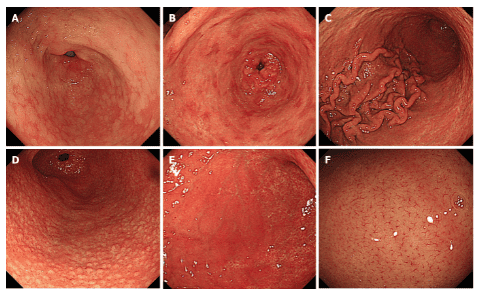
4. Stomach cancer risk assessment based on kyoto classification results
There are several reports of gastric cancer risk assessed based on endoscopy results. Three Japanese cohort studies showed an association of endoscopic atrophy with the incidence of gastric cancer. They show that the incidence of mild, moderate and severe atrophic gastric cancer is 0.04%-0.10%/year, 0.12%-0.34%/year and 0.31%, respectively. 1.60%/year.
Shichijo et al reported that the incidence of cancer was very high, affecting 16.0% of patients with severe muscle atrophy over a 10-year period.
Endoscopic intestinal metaplasia is associated with early gastric cancer Sugimoto et al. reported that endoscopic intestinal metaplasia was associated with early gastric cancer with an odds ratio of 5.0. Intestinal metaplasia has been reported to be associated with bowel-type cancers. A cross-sectional study reported an odds ratio of 5.0 for hypertrophic folds of 5 mm or more in gastric cancer patients with H. pylori-infected controls as a reference. It also showed a change in the distribution of gastric fold width in patients with H. pylori-positive gastric cancer with an odds ratio of 35.5 in those with a fold width of 7 mm. Inflammatory DNA methylation of various genes is implicated in the development of gastric cancer in gastritis with hypertrophy of mucosal folds.
Hypertrophic folds are reported to be associated with diffuse gastric cancer.
Nishikawa et al. reported an odds ratio of gastric cancer of 13.9 in H. pylori-positive patients with nodularity. In a study involving H. pylori-positive patients younger than 29 years of age, nodule provided an odds ratio of 64.2 for gastric cancer. Nodularity has been reported to be associated with diffuse-type cancers. RAC was reported to be negatively associated with gastric cancer (odds ratio: 0.4).
5. Stomach cancer risk assessed using the Kyoto classification score
Sugimoto et al presented the relationship between the total Kyoto classification score and the risk of gastric cancer. In their cross-sectional study, the total Kyoto classification scores of patients with and without gastric cancer were 4.8 and 3.8, respectively. This study showed that a Kyoto classification score of ≥4 may indicate an increased risk of gastric cancer.
Please dial HOTLINE for more information or register for an appointment HERE. Download MyVinmec app to make appointments faster and to manage your bookings easily.





